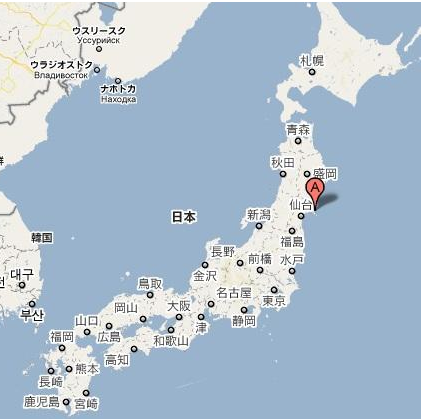
Before the implementation of reverse calculations, Chinese sellers opened stores on Amazon in Japan and used the ACP (Tax Customs Manager) method for import clearance in Japan, which is to use a third party to bind the customs broker to declare. For this kind of situation where there is no entity company in Japan and no business income tax is paid in Japan, the Japanese customs adopts a reverse calculation method to directly impose customs duties when importing. That is to say, as long as it is not a Japanese legal person to make a declaration, it will be Great probability to be checked and backcalculated.
Some people in the industry have stated that the Japanese customs' regulatory upgrade for cross-border e-commerce has been proposed since last year, but it has been strictly implemented on a large scale since April this year. Many people are still waiting and watching, hoping that this is just an accident. However, factors such as Japan's economic recession and the impact of the epidemic have made it very unlikely that it will be able to recover in the short term. The Minister of Finance of Japan also stated a few days ago that there is currently no plan to lower the consumption tax.
In addition, Japan's reverse calculation may continue for a period of time until Japan has a bill specifically for e-commerce imports, and it is very likely that it will eventually adopt a binding VAT approach, similar to Europe.
Previous:Why does Amazon e-commerce in Japan need to reverse calculation?
Next:With such strict inspections and high taxes, should Amazon Japan continue to do it?